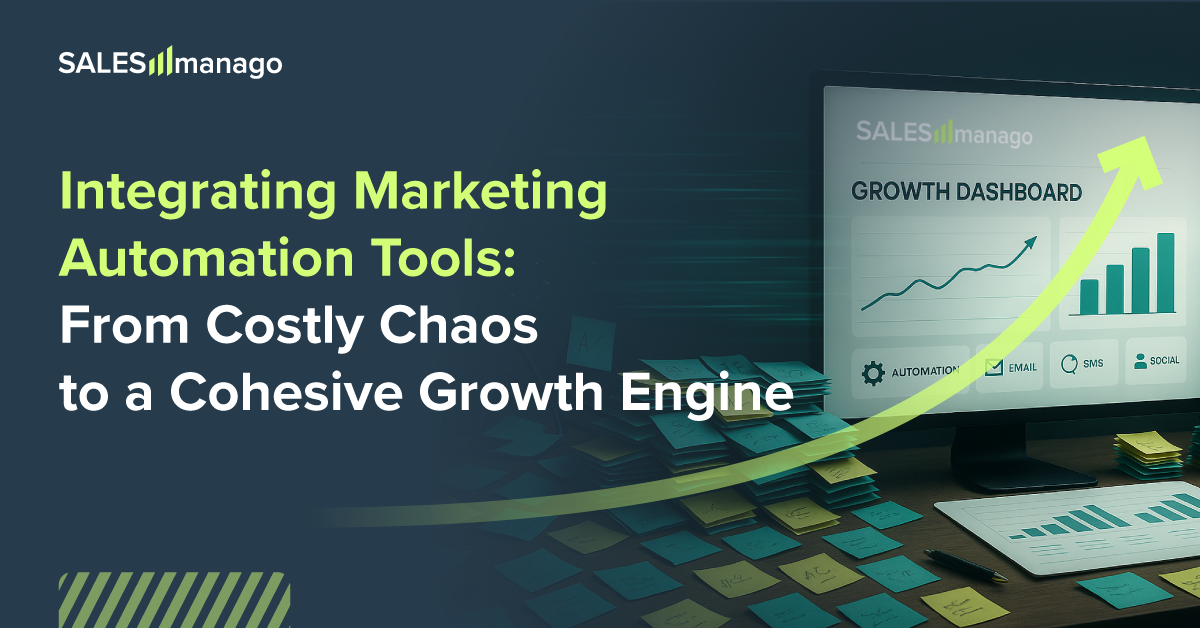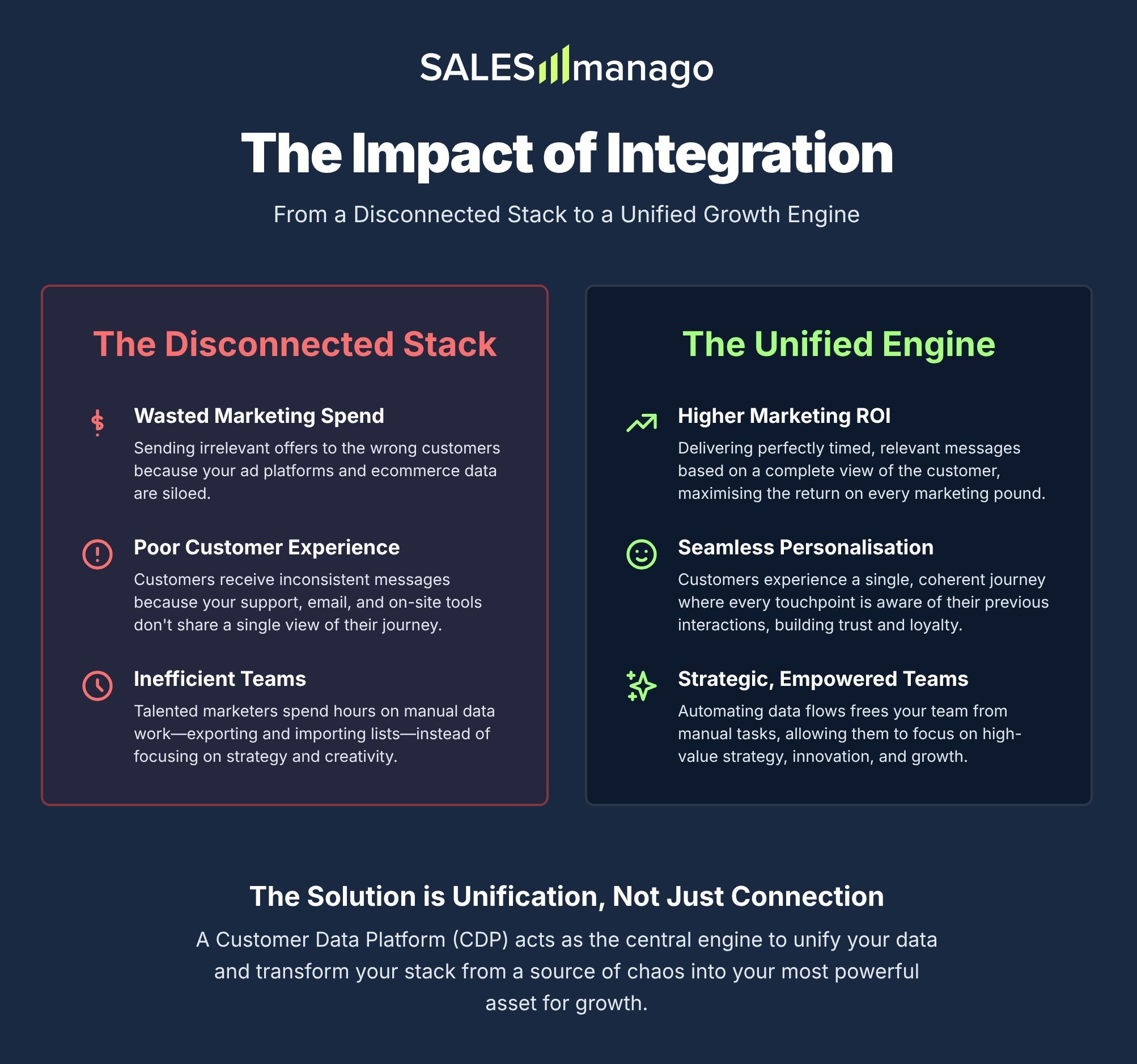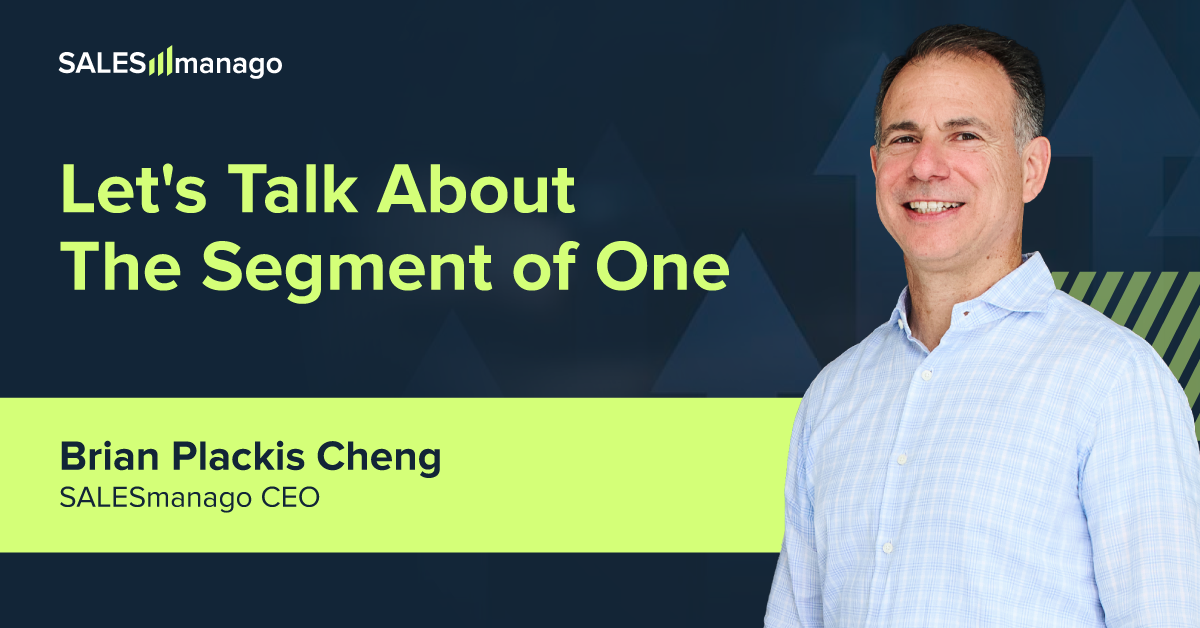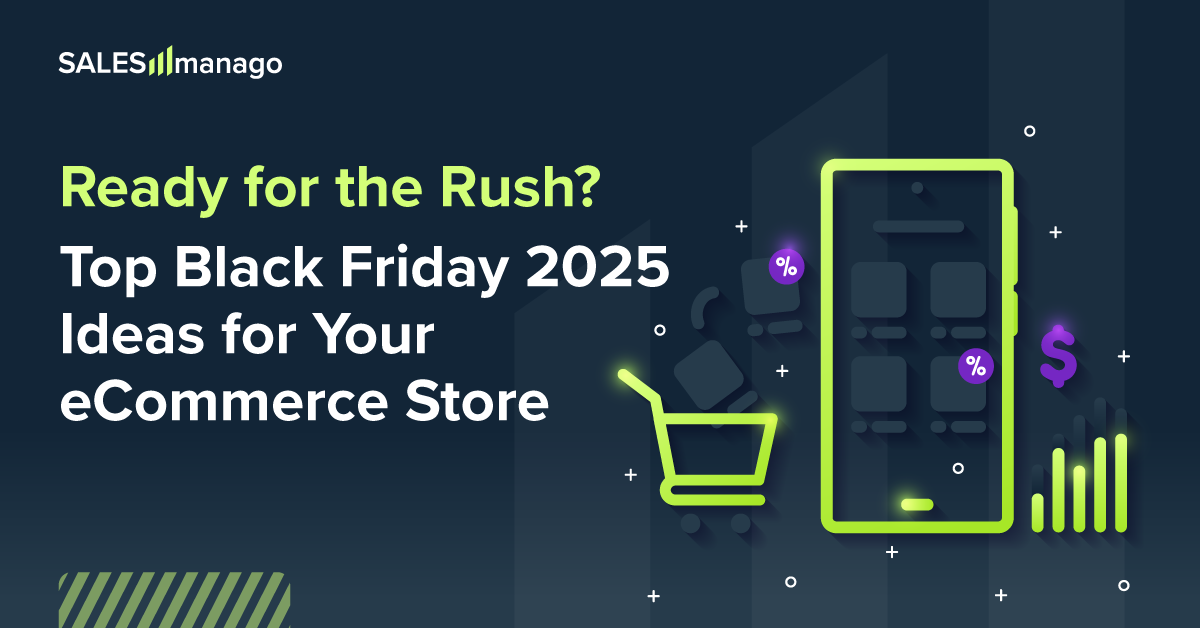
The modern marketing stack presents a paradox for business leaders: you've invested in a suite of powerful, best-in-class marketing tools, each promising to revolutionise a different part of your business. You have a brilliant tool for email, another for on-site search, and a third for customer support. Yet, despite the significant investment, they don't communicate with each other.
This creates a hidden chaos within your operations. It frustrates your team, leads to a disjointed and often embarrassing customer experience, and quietly drains your marketing budget. This article provides a clear framework for leaders looking to move beyond a simple collection of disconnected apps and build a truly integrated engine that drives measurable, sustainable growth.
>> Learn more about how SALESmanago approaches integrations.
Why a Disconnected Stack is Costing You More Than You Think
Poor integration isn't a technical problem; it's a business problem. It imposes a hidden tax on your revenue, your brand, and your team's productivity. Before you can solve it, you must understand the real-world costs.
The Inconsistent Customer Experience That Damages Your Brand
Imagine this: a customer spends ten minutes on your website searching for "men's waterproof hiking boots." An hour later, they receive a promotional email from you showcasing a new line of women's summer sandals. This happens when your on-site search tool and your email platform don't share data. On its own, it's a small mistake. But these small failures, repeated over and over, send a clear message to your customers: "We don't know who you are." This cumulative damage to your brand perception and customer loyalty is immeasurable.
>> Interested in customer experience? Learn what is a Personalisation Penalty.
The Wasted Marketing Spend That Hits Your Bottom Line
A disconnected tech stack is a financially inefficient one. Consider the cost of advertising a product to a customer who has already purchased and returned it. This happens when your ad platform is disconnected from your returns system. Every irrelevant message, every poorly targeted ad, is a direct waste of your marketing budget. In a competitive market, you cannot afford to spend money talking to the wrong people with the wrong message.
The Inefficient Teams and Blocked Innovation
Perhaps the most significant hidden cost is the drag on your team's productivity. When systems are not integrated, your talented marketers are forced to spend their time on low-value, manual tasks: exporting customer lists from one system, cleaning them in a spreadsheet, and importing them into another. This is not the strategic, creative work you hired them for. It creates a significant drag on productivity, slows down your campaign launch times, and prevents your business from moving at the speed of the market.
The Missed Opportunities for Growth
Beyond the immediate costs, a disconnected stack prevents you from capitalising on key growth opportunities. An integrated system allows you to automate high-value actions that are impossible when your tools operate in silos. For example, you could automatically route a high-value lead from a webinar directly to the best sales representative, complete with their entire browsing and marketing engagement history. This speeds up your sales cycle and equips your sales team with the context they need to close the deal.
The Evolution of Integration: A 3-Stage Maturity Model
The journey from a chaotic collection of tools to a cohesive engine can be understood as a three-stage evolution. Understanding where your business currently sits is the first step to charting a path forward.
Level 1: Basic Point-to-Point Connections
This is the initial stage where a business connects two key tools to solve a single, immediate problem. A classic example is ensuring that when a customer makes a purchase on your Shopify store, they are automatically added to the correct "customer" list in your email platform. This is a valuable first step that solves a specific pain point, but it doesn't create a wider, strategic view of the customer as the data still flows in a linear, isolated path.
Level 2: The Hub-and-Spoke Model
This is the next logical step, where a central tool—often a CRM—acts as a hub for a few key applications. At this stage, data might flow from your ecommerce store and your customer support tool into your CRM. This allows a sales representative to see if a lead has any open support tickets before they make a call, providing valuable context. This is an improvement, but the "hub" is often just a passive data repository, and the data is not always unified or available in real time.
Level 3: The Unified Data Engine
This is the ideal state for a modern, data-driven business. In this model, the goal isn't just to connect tools but to unify all data into a central, intelligent "brain." This is the role of a Customer Data Platform (CDP). Here, real-time data from your advertising platform, your on-site search tool, and your product analytics all flow into the CDP. This allows the system to understand that a customer who clicked a Facebook ad for 'hiking boots', then searched for 'waterproof boots' on your site, should be placed into a 'high-intent hiker' segment and receive a personalised email with your top-rated GORE-TEX boots—all within minutes and without any manual intervention.
How SALESmanago Creates a Unified Engine
At SALESmanago, we believe that a disconnected tech stack is the single biggest barrier to growth for modern ecommerce businesses. Our entire platform is designed to solve this challenge, not by being just another app to connect, but by being the central engine that powers your entire marketing ecosystem.
The CDP as the Central Hub, Not Just Another App
SALESmanago is built with a Customer Data Platform at its core. This is the fundamental architectural difference that enables a truly unified strategy. It is designed from the ground up to be the single source of truth for all your customer data, ensuring that every interaction, on every channel, is informed by the complete picture of the customer.
Plug-and-Play Simplicity for Your Core Systems
We understand that business leaders need speed and ease of use. That's why we offer deep, native integrations with all major ecommerce platforms, including Shopify, Magento, and WooCommerce. These are not superficial connections; they are designed to sync a rich set of data in real time with a marketer-friendly setup that often requires no developer input. This allows you to quickly and easily connect the most critical parts of your tech stack.
A Flexible API for a Truly Custom Stack
We also recognise that every mature business has a unique ecosystem of tools. For this, our powerful and flexible API allows you to connect any custom or specialised tool—from a bespoke ERP to an offline point-of-sale system. This ensures that the CDP can truly be the central hub for your unique business, no matter how complex your tech stack becomes.
Conclusion: Building Your Integrated Engine
The goal of a modern integration strategy is not to have the longest list of connected apps, but to have a smarter, more efficient business powered by unified data. While the initial impulse may be to simply connect the tools you have, the most successful leaders recognise that this approach of collecting disparate tools is a short-term fix that creates long-term complexity. They are taking a more strategic approach, moving beyond simple connections to build a truly unified "engine."
This is the key to unlocking the true potential of your marketing automation, delighting your customers, and achieving sustainable, profitable growth. To begin this journey, here are your action points:
Audit your current stack and identify the silos: Map out your existing marketing tools. Where are the critical data handoffs failing? Identify the single biggest point of friction caused by a lack of integration—this is your most valuable starting point.
Define your primary objective: Don't try to solve every problem at once. Identify the single most valuable outcome you could achieve with a unified system. Is it reducing churn by 5%? Is it increasing cross-sells to your most loyal customers? A clear, measurable goal will focus your efforts.
Build a phased roadmap: Using the maturity model as a guide, create a realistic, step-by-step plan. If you are at Level 1, focus on mastering a key hub-and-spoke connection. If you are at Level 2, begin planning your transition to a foundational CDP. The goal is methodical progress, not a disruptive overhaul.
By shifting your perspective from connecting individual tools to building a unified data engine, you can transform your marketing stack from a source of costly chaos into your most powerful asset for growth.
Visual Summary

Latest posts

The End of the Segment: Your Next Big Competitor is the “Segment of One”
For any marketer who has built a career over the past two decades, the customer segment has been our most trusted tool. It was the engine that allowed us to move from the broadcast model of mass marketing to a more relevant, targeted approach, and for a long time, it was our primary competitive advan...

Decoding the Ghosts: The Truth About AI Personalisation for Anonymous Visitors
It’s a persistent question in eCommerce boardrooms and marketing meetings: with the vast majority of website traffic being anonymous, is our investment in AI-powered recommendations going to waste?

Ready for the Rush? Top Black Friday 2025 Ideas for Your eCommerce Store
Forget the calendar! For eCommerce stores, the final sprint to Black Friday starts now. With consumers starting their holiday shopping earlier every year, the window for last-minute preparations is officially closing.
